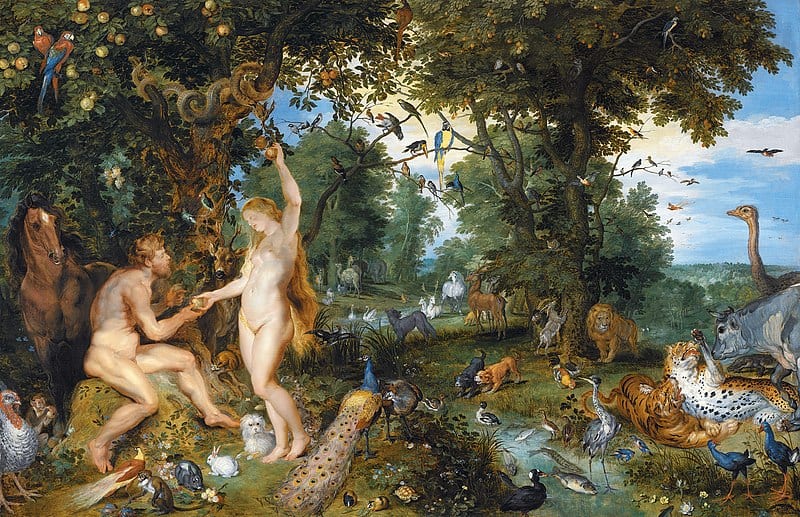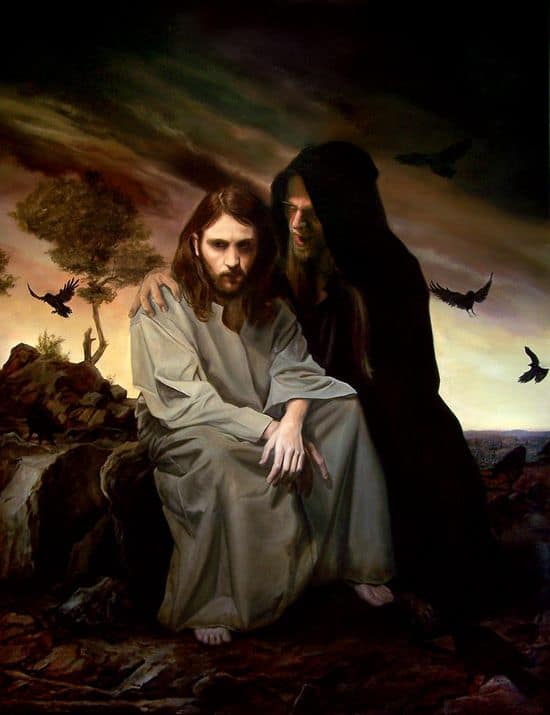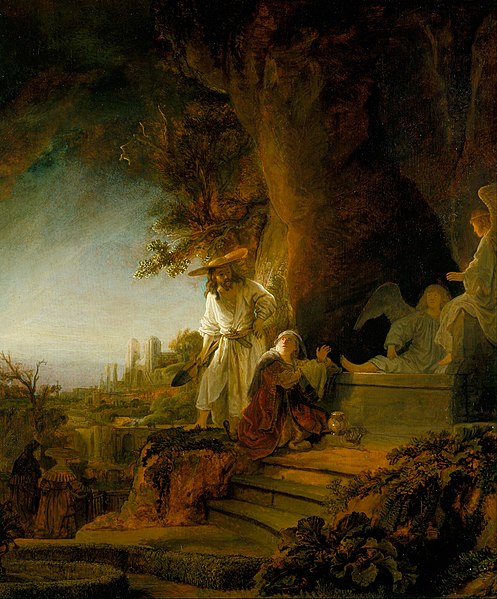With God, it all comes back to a garden.
Humanity, the Bible says, got its start in a garden, a place so perfect that everything was good to eat save one fruit. That fruit, however, was so significant that it could introduce death into a deathless world. It was so significant that it could give the people in the garden knowledge of good and evil.

As the story goes, the two people who lived in the garden were tempted to eat the fruit, and ultimately did so even though they had been warned about why it was not good for them. God came looking for them, calling out when they could not be found. They did not answer because God is life, and they had filled their bellies with death.
The man and the woman had to leave the Garden, having tasted the thing that would cause them to die, because the Garden was not a place where death could be.
Some read the story as a literal tale, as factual as the floor beneath them. Others understand it as a myth explaining the emergence of agriculture, God having cursed the people to a life of work when making them leave the garden. But all readers understand that it points to a deeper truth: we do not believe that we should die, and yet, we do.
There’s another story, this time of a man who — when he walks into the water of a river — a voice speaks from the heavens and says he is God’s son. The man leaves the water and walks into the wilderness to fast and pray, chasing communion with the God who calls him son.
The wilderness he walks is like the photonegative of the Garden — whereas the land of perfect paradise had been lush, he wanders among dust and the detritus of dry mountains. After 40 days, he is hungry.

A second entity enters the picture. Labeled as both a tempter and a devil, the character offers the man an opportunity: “Since you are the son of God,” it says, “turn these stones around us into bread.”
In the story of the Garden, the people there had given in to their temptation after speaking with a clever snake, a crafty creature who asks them a few questions for the sake of asking questions. Maybe the snake was evil, but maybe it was just curious when it suggested that eating the forbidden fruit would help them see the world like God does.
But regardless of the snake or the people’s motives, when they saw the world with the eyes that they thought could understand everything that God understands, they still could not. They saw the photonegative of death to God’s life.
The tempter in the wilderness knows this story. It understands the role food played in tempting the people in the garden, and so it offers food to the man in what should have been a moment of weakness. Evil is not creative, only manipulative.
The man does not take up the offer, knowing that it was offered to distract him from his communion with God.
The tempter tries again, more desperately offering him power and then fame as part of a simple exchange: worship the tempter instead of the source of all truth.
The man refuses, understanding that such gifts accepted without the spark of true life offer only destruction. The tempter flees, unable to recreate the scene from the beginning of time.
Yet again, later, the man who had resisted the manipulations of the wilderness dies, the innocent victim of a state murder arranged by conspiracy and betrayal. He was born into the world long after the fruit that introduced death to it slid down his foreparents’ throats.

But unknown to those who executed him, he truly is the son of God, even though he truly was born of a woman. Death will not cling to him. Its tendrils cannot wrap tightly enough to hold him down. Still, they will place him in a tomb, thinking the deed is done.
When his grave is discovered empty, people will think his body has been stolen.
One of his close friends will wander through the tombs, lost in her grief. She will wander through the cemetery, and when a man approaches her, she will think he is the gardener, someone who tends roses in the spaces between the dead.
He will speak her name, and she will turn to him.
Somewhere deep in spiritual time, the people who gave in to temptation hear the voice of the man who resisted it, and the photonegative world reverses. The sour fruit in their bellies sweetens as the chains of death crumble into rust.
Among the graves, the woman cries out, “My God!”
With God, it all comes back to a garden.
